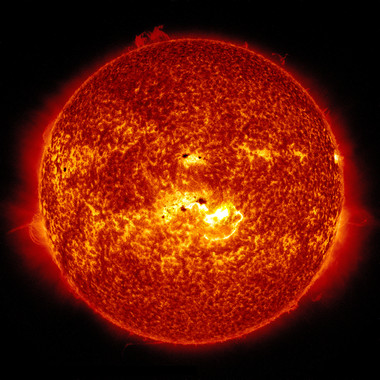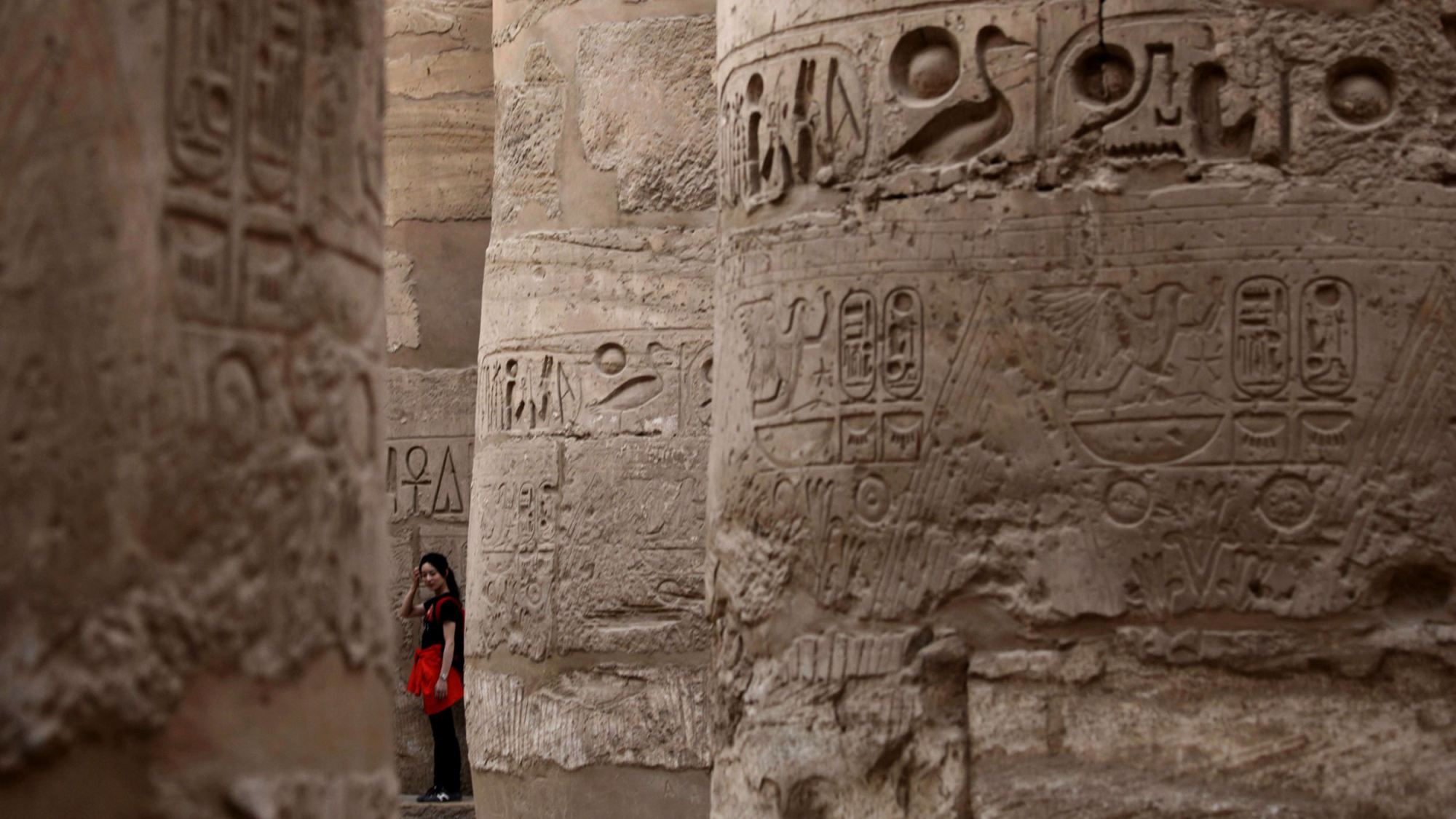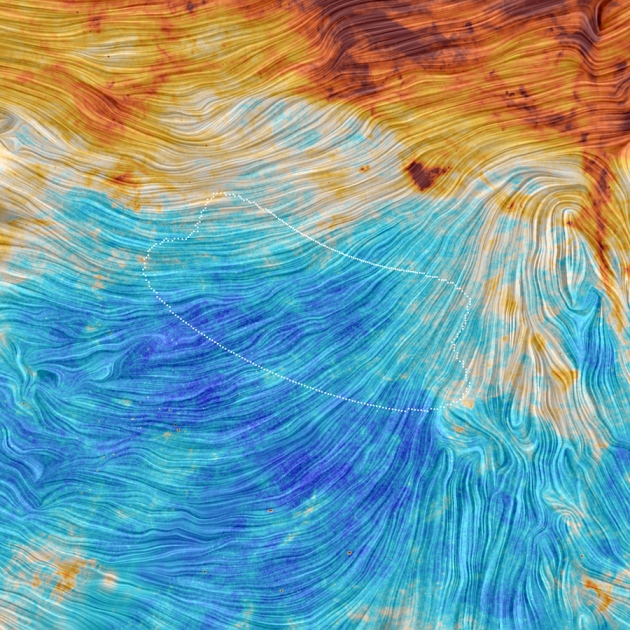Science in the media
-

La actividad del Sol en el siglo XVIII fue similar a la actual
Contar las manchas solares a lo largo del tiempo ayuda a conocer la actividad de nuestra estrella, pero los dos índices que emplean los científicos discrepan para fechas anteriores a […]
-

When it comes to jogging, less is more, study argues
A Danish health study has concluded that light and moderate joggers have lower mortality than sedentary nonjoggers, whereas strenuous joggers have a mortality rate not statistically different from that of […]
-

The Anti-Aging Pill
The problem, Guarente says, is that it’s nearly impossible to prove, in any reasonable time frame, that drugs that extend the lifespan of animals can do the same in people; […]
-

A massive data dive proves that languages and genes evolve together
As human populations disperse, the separation leads to changes both in genes and in language. So if we look at human DNA and languages over time, we should find that they […]
-

A Discredited Vaccine Study’s Continuing Impact on Public Health
Some parents feel certain that vaccines can lead to autism, if only because there have been instances when a child got a shot and then became autistic. Post hoc, ergo […]
-

Antibiotikoekiko erresistentea den tuberkulosiaren bilakaera historikoa
Tuberkulosia eragiten duen bakterioaren aldaera gogorrenetako baten bilakaera historikoa aztertu du nazioarteko ikerketa-talde batek, haien DNAtik abiatuta. Ikusi dute bakterio horien populazioaren bilakaerak bat egiten duela gizateriaren historian izan diren […]
-

Gravitational waves discovery now officially dead
A team of astronomers that last year reported evidence for gravitational waves from the early Universe has now withdrawn the claim. A joint analysis of data recorded by the team’s […]
-

World’s cities experiencing more heatwaves, study shows
Number of extremely hot days a year has increased in hundreds of cities since the 1970s years, with frequencies peaking in the last five years
-

Electrodos para frenar el cáncer
Una nueva terapia emplea corrientes eléctricas para impedir la división de las células tumorales. Los resultados preliminares indican que podría ser un buen complemento de la quimio y radioterapia. En […]
